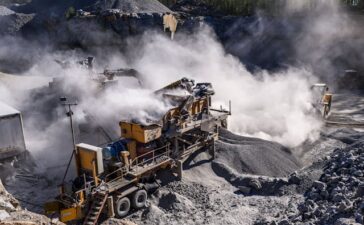Volatile substances are present in certain industries like chemical manufacturing, oil and gas, mining etc. and the electrical installations in these areas should adhere to strict safety standards so that the risk of ignition and explosion can be mitigated.
There are complex regulatory requirements
And standards when it comes to hazardous area electrical installation. There are guidelines set by various regulatory bodies so that the safety of the facilities and workers can be ensured. You need to have a thorough understanding of installation practices, selection criteria for equipment, maintenance procedures, classification methods etc. in order to comply with these regulations. This can be a challenging task for facility managers and electrical professionals. This is why you need to select electrical professionals that specialise in this so that they have comprehensive knowledge on this. Hazardous areas are classified according to the type and how likely it is for flammable substances to be present. The classification will guide the type of electrical equipment that is permitted to be used in there and the level of protection for the areas.

There is Class I which is flammable gases or vapours and Class II refers to combustible dust.
Combustible fibres are in Class III. There are divisions and zones that will indicate the probability of hazardous conditions present. You need to carry out a careful assessment of the surrounding environment in order to decide what the appropriateclassification is. This means looking into potential ignition sources, nature of the substances present etc. And this will depend on the specific applications and the industry. You need to select the right electrical equipment for hazardous area installation. This is what will ensure safety and maintain compliance. The equipment used in the area should be specifically designed for it, tested and certified to be used in the area so that they can withstand the challenges posed by the flammable substances. Some of the measures taken to prevent ignition and contain explosions are the use of explosion proof enclosures and intrinsically safe devices. You need to make sure that the equipment used carries the right certifications so that they demonstrate compliance with regulations.

You need to carefully plan,
Execute and document the installation of electrical equipment in hazardous areas so that the risk of ignition can be minimised. This will contribute to the integrity of the operation. You need to follow strict guidelines and standards when installing the equipment such as using proper wiring methods, grounding and bonding, cable management and spacing of equipment so that flammable substances will not accumulate in one place. This will minimise the risk for arcing or sparking. The installation team should also have the training and certification to install electrical systems in hazardous areas so that they can comply with safety protocols. To ensure the safety of these systems and their reliability, you need to have regular maintenance. There should be periodical inspections carried out so that potential hazards can be identified and addressed.




